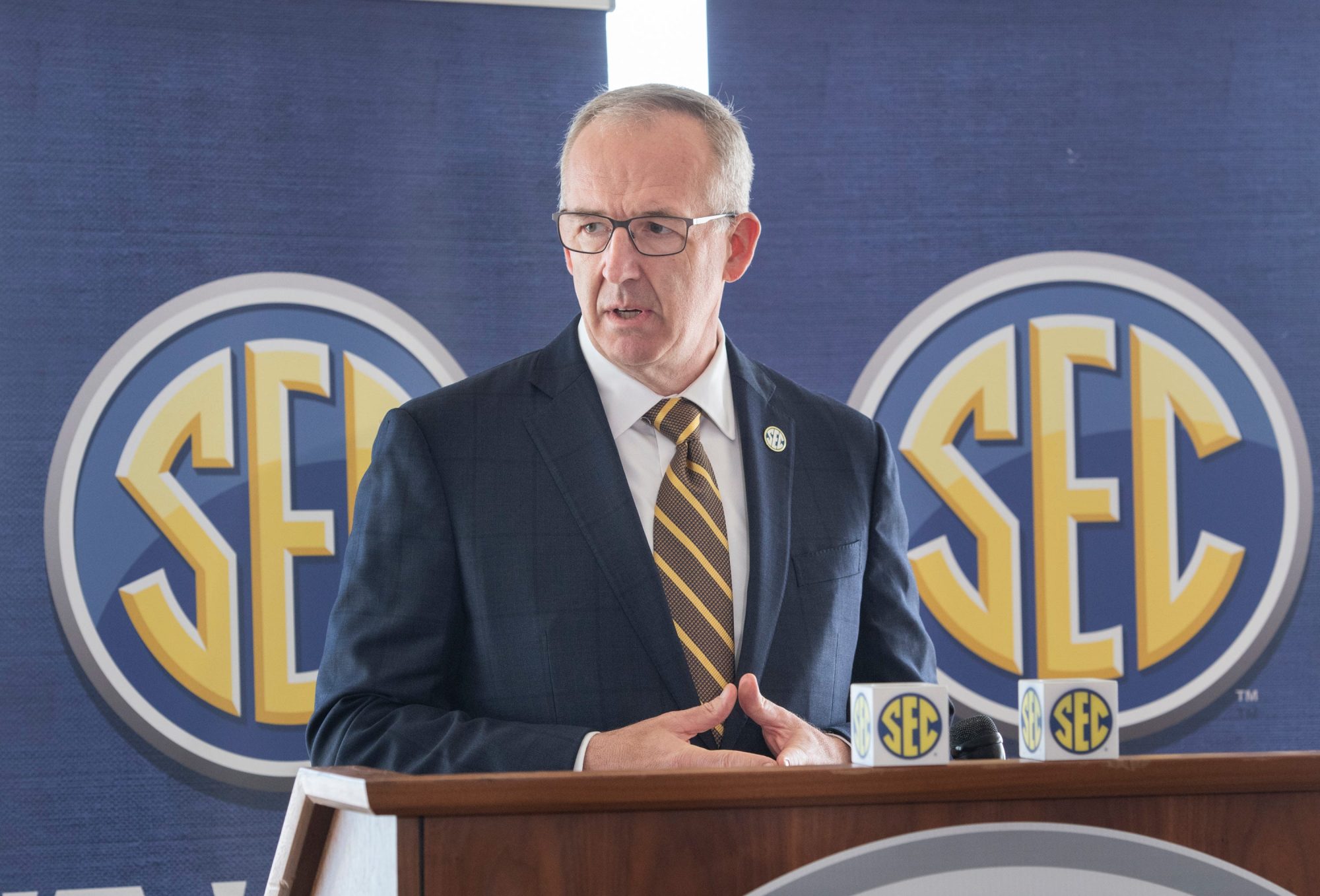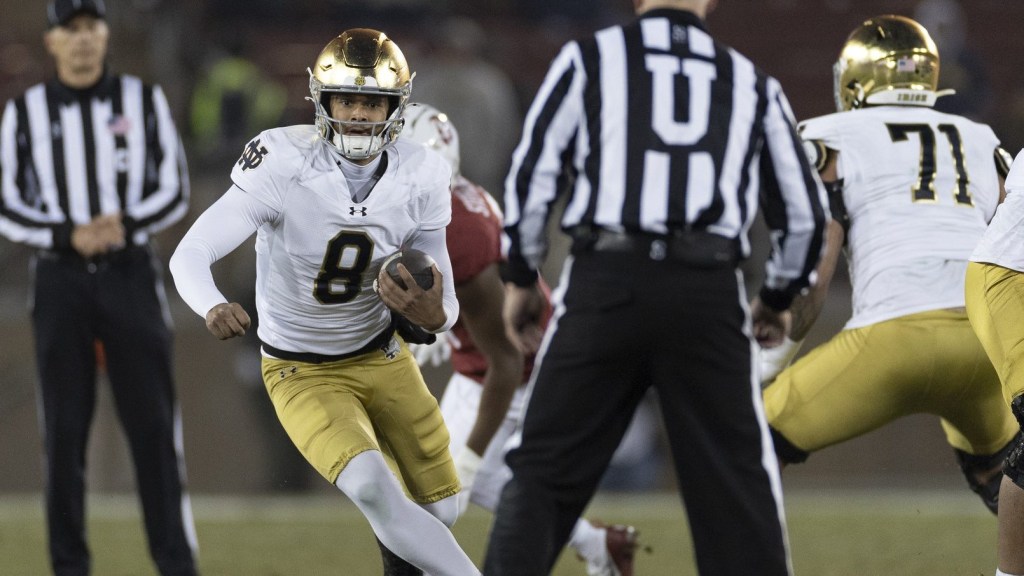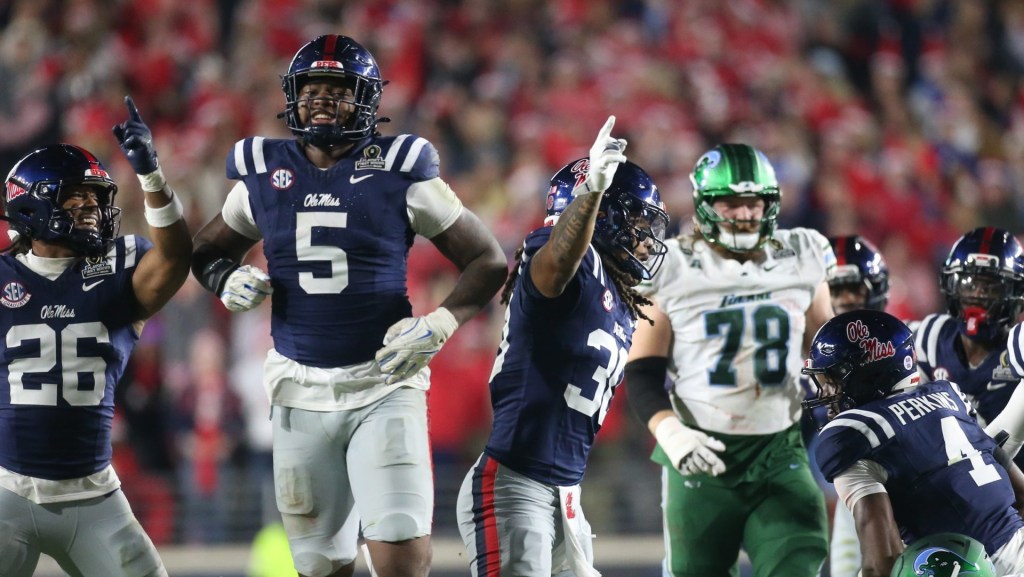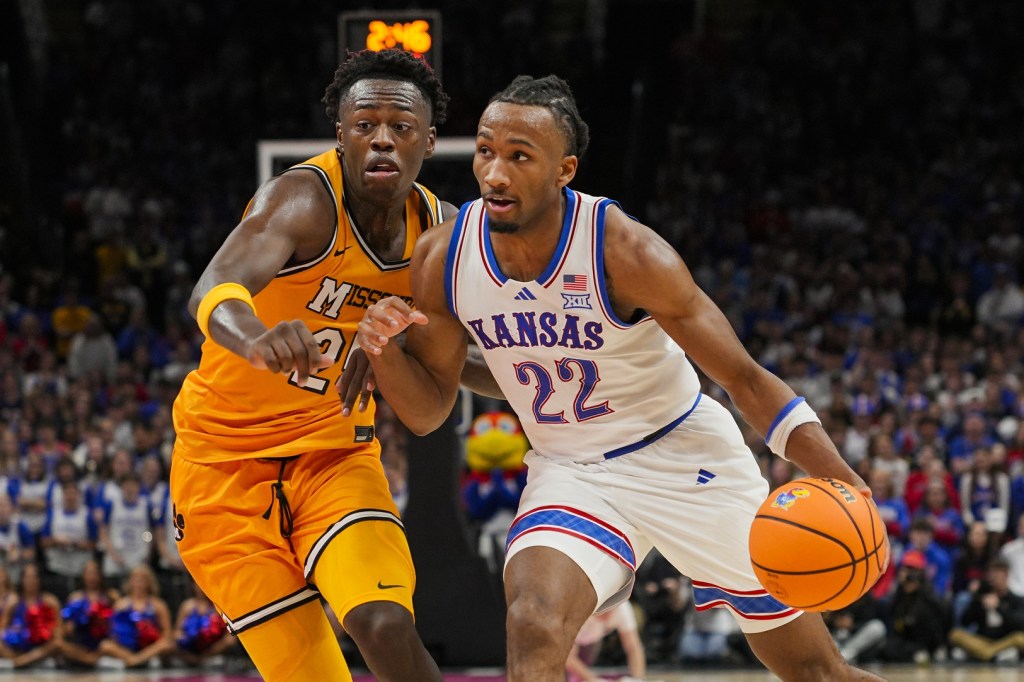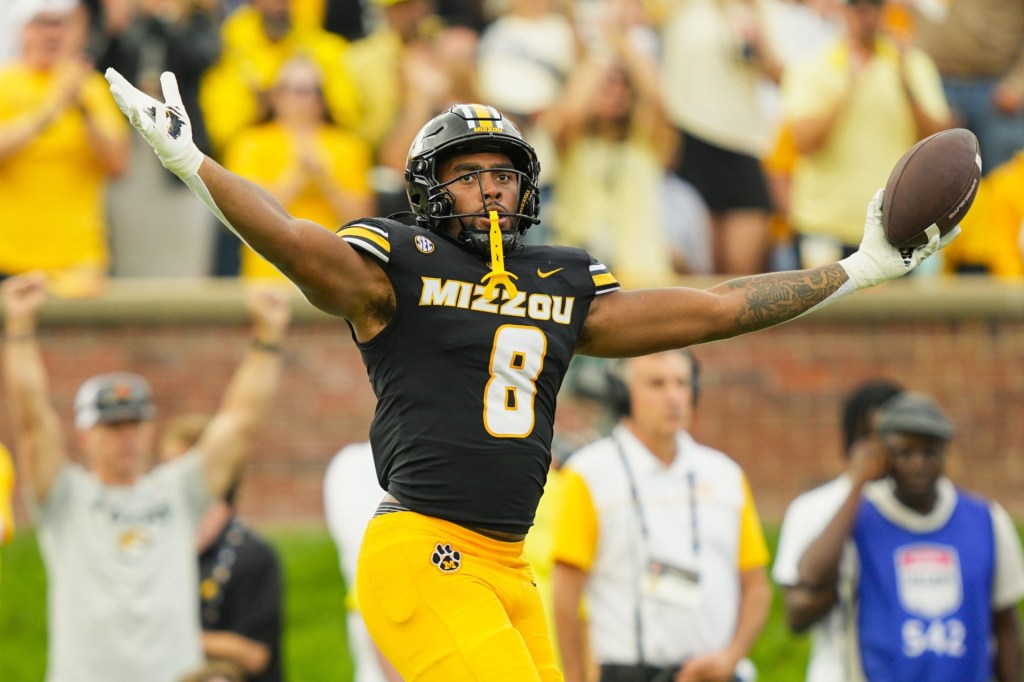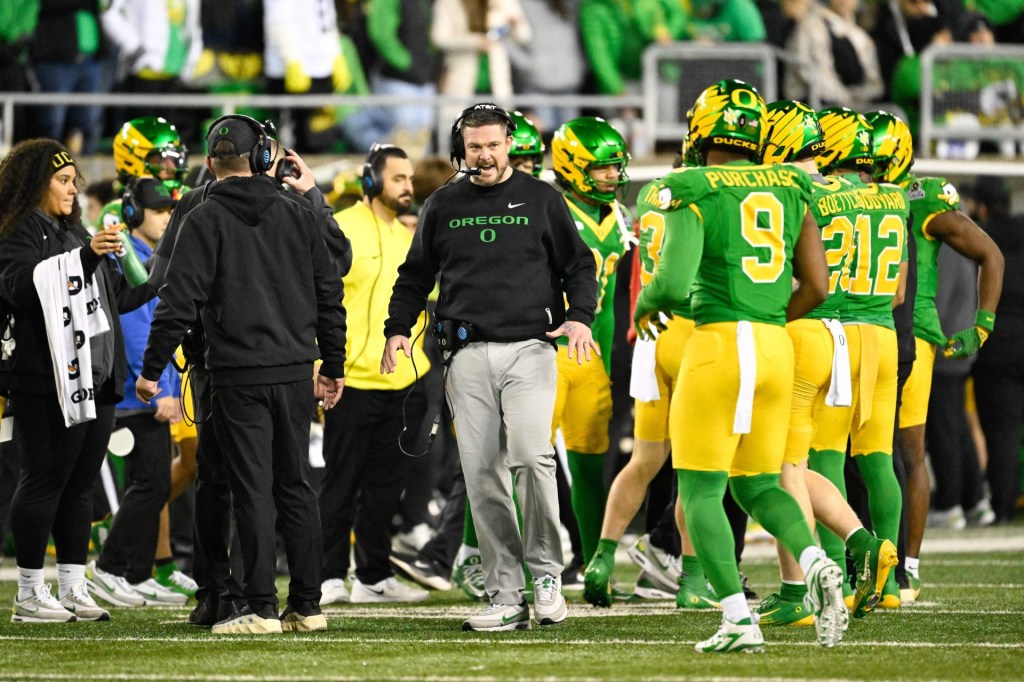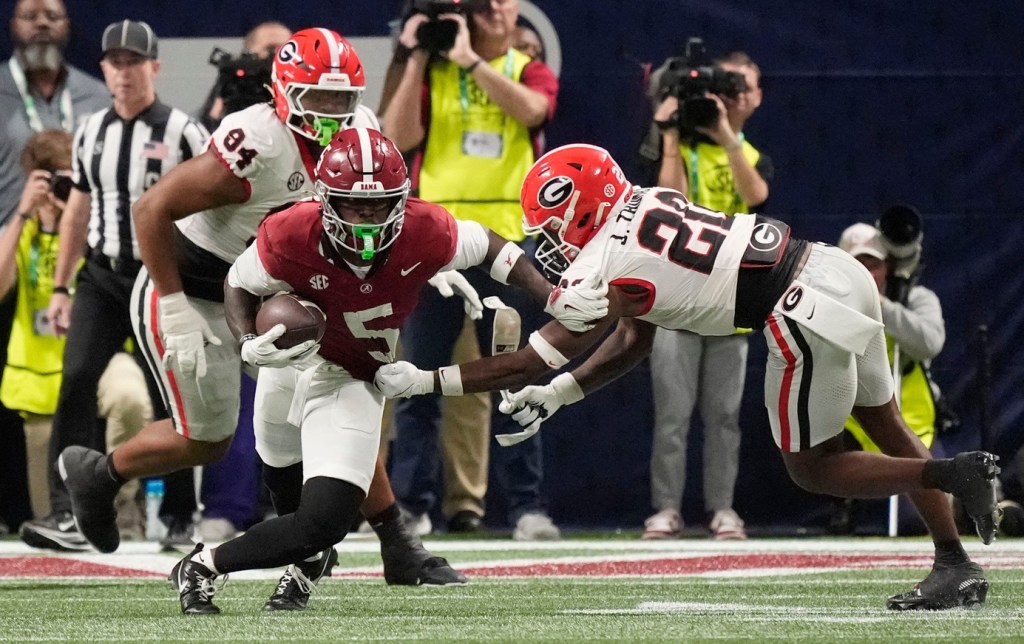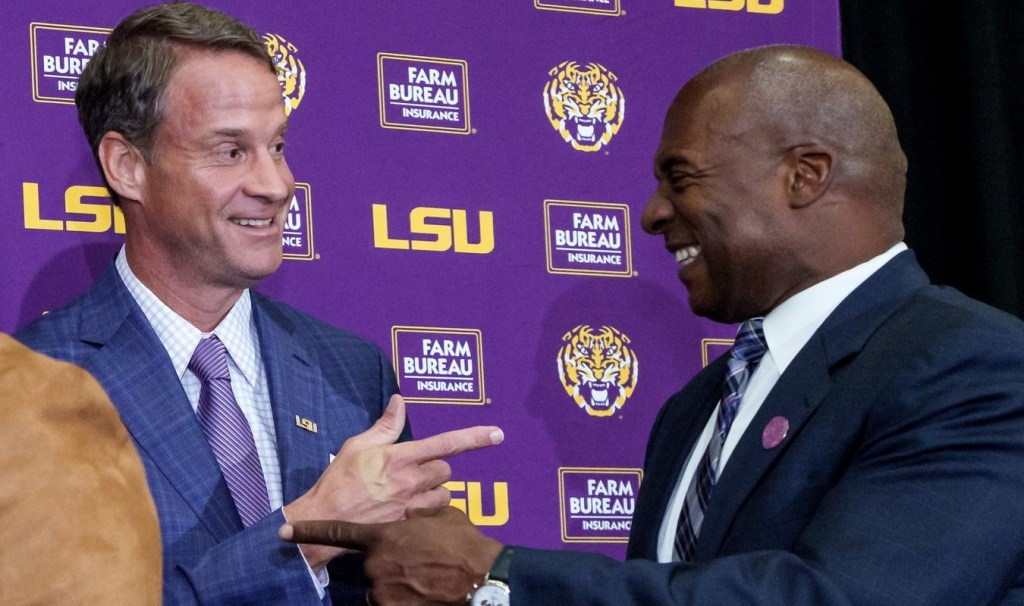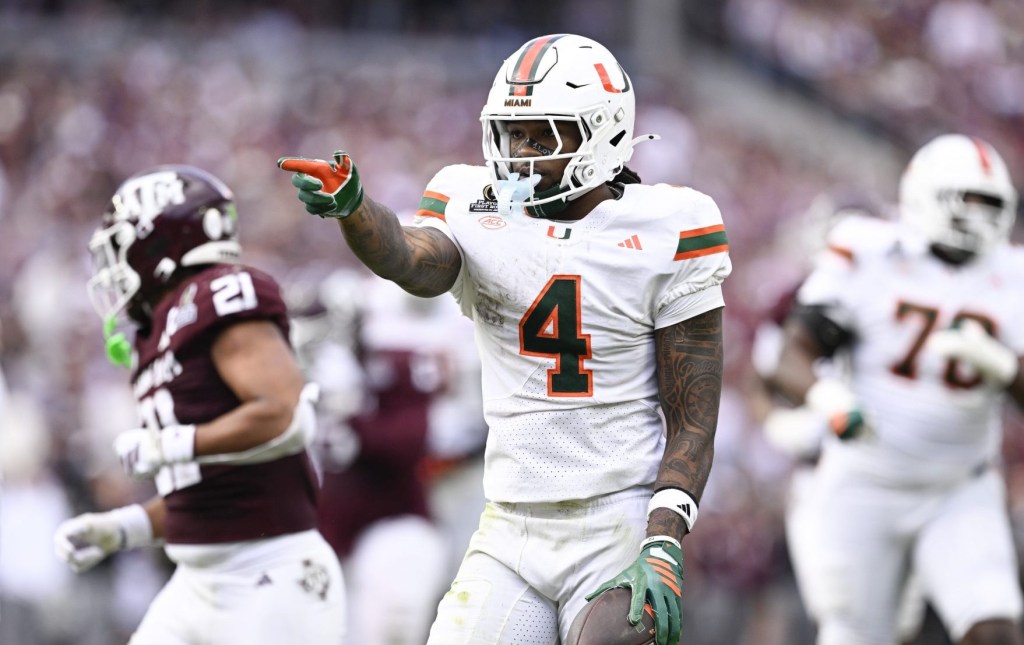SEC commissioner Greg Sankey (above), one of the most powerful people in college sports, shared an optimistic outlook about the swiftly shifting landscape ahead of the conference’s spring meetings, which begin Tuesday. Speaking with reporters Monday night, Sankey called for a national standard following last week’s $2.75 billion settlement in House v. NCAA.
The landmark settlement facilitates an agreement for power conference schools to share revenue with players for the first time in NCAA history—an agreement that could start as early as 2025. The NCAA is hoping, however, that it won’t have to make any more concessions beyond the reforms outlined in the settlement, Front Office Sports college reporter Amanda Christovich notes. It’s asking Congress to step in and protect it from more lawsuits, and settle questions like whether athletes should be employees.
“Congress has still an opportunity to use the structure of this settlement to enact legislation to strengthen the future of college sports,” he said. However, Sankey admitted the future is still unpredictable. “The breadth of the settlement is intended to give us a path forward, provide a level of clarity about the future that doesn’t embed employment automatically,” he added. (Sankey and the rest of the power conferences are strongly opposed to athletes being deemed employees.)
By the Numbers
To pay the players, administrators have said they’re looking for new revenue streams. (Private equity could be one of them.) But multiple conferences hit record revenues in the 2023 fiscal year. Here’s how much money each conference generated and the average payout per school, according to figures from USA Today:
- Big Ten: $880 million ($60.5 million)
- SEC: $852.6 million ($51.3 million)
- ACC: $707 million ($44.8 million)
- Pac-12: $603.9 million ($33.6 million)
- Big 12: $510.7 million ($44.2 million)
The Big Ten and SEC are primed to continue separating themselves with the most lucrative media deals and expansion to 18 and 16 teams, respectively. The ACC, despite expansion of its own, remains locked in to a far less valuable media contract, with the Big 12 on pace to become the third-highest revenue-generating conference in the country. The Pac-12 will continue to exist as a two-member conference.
